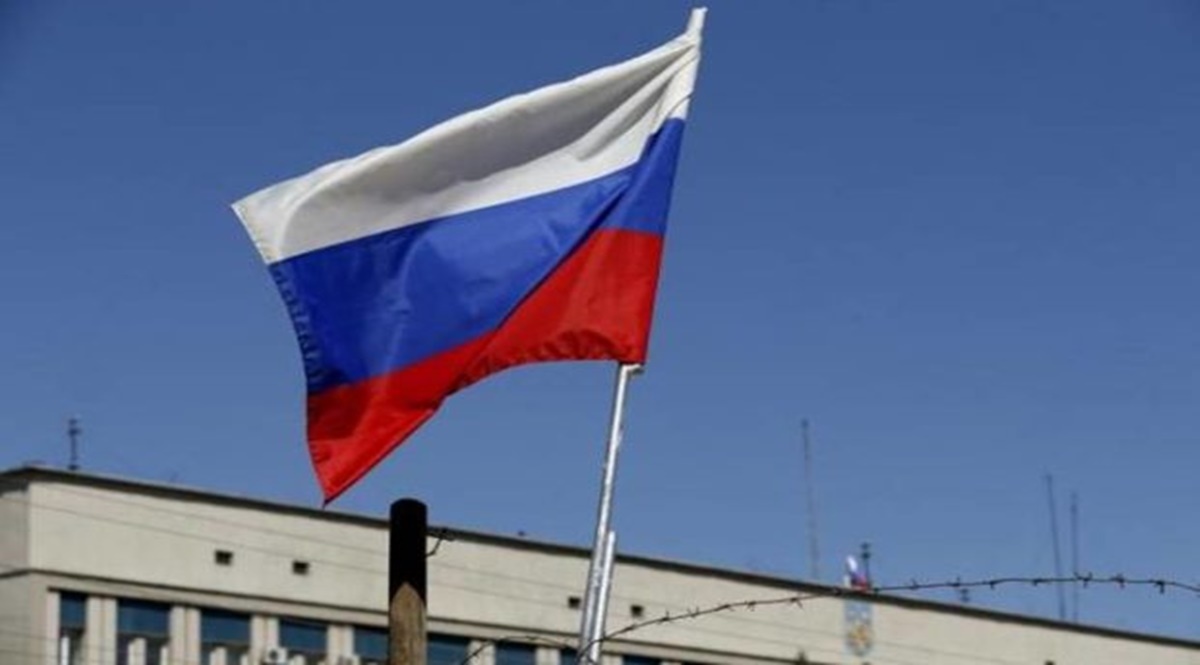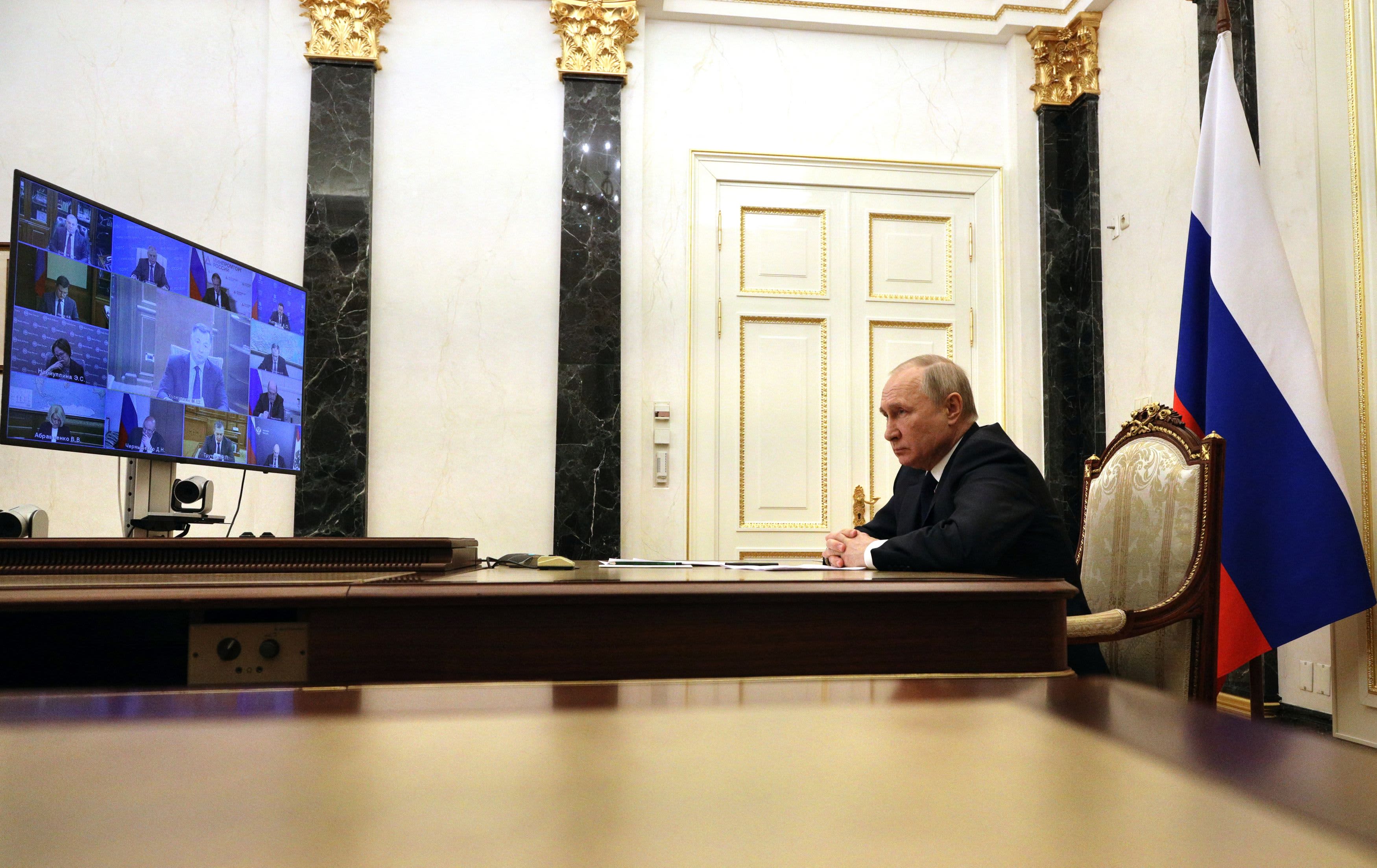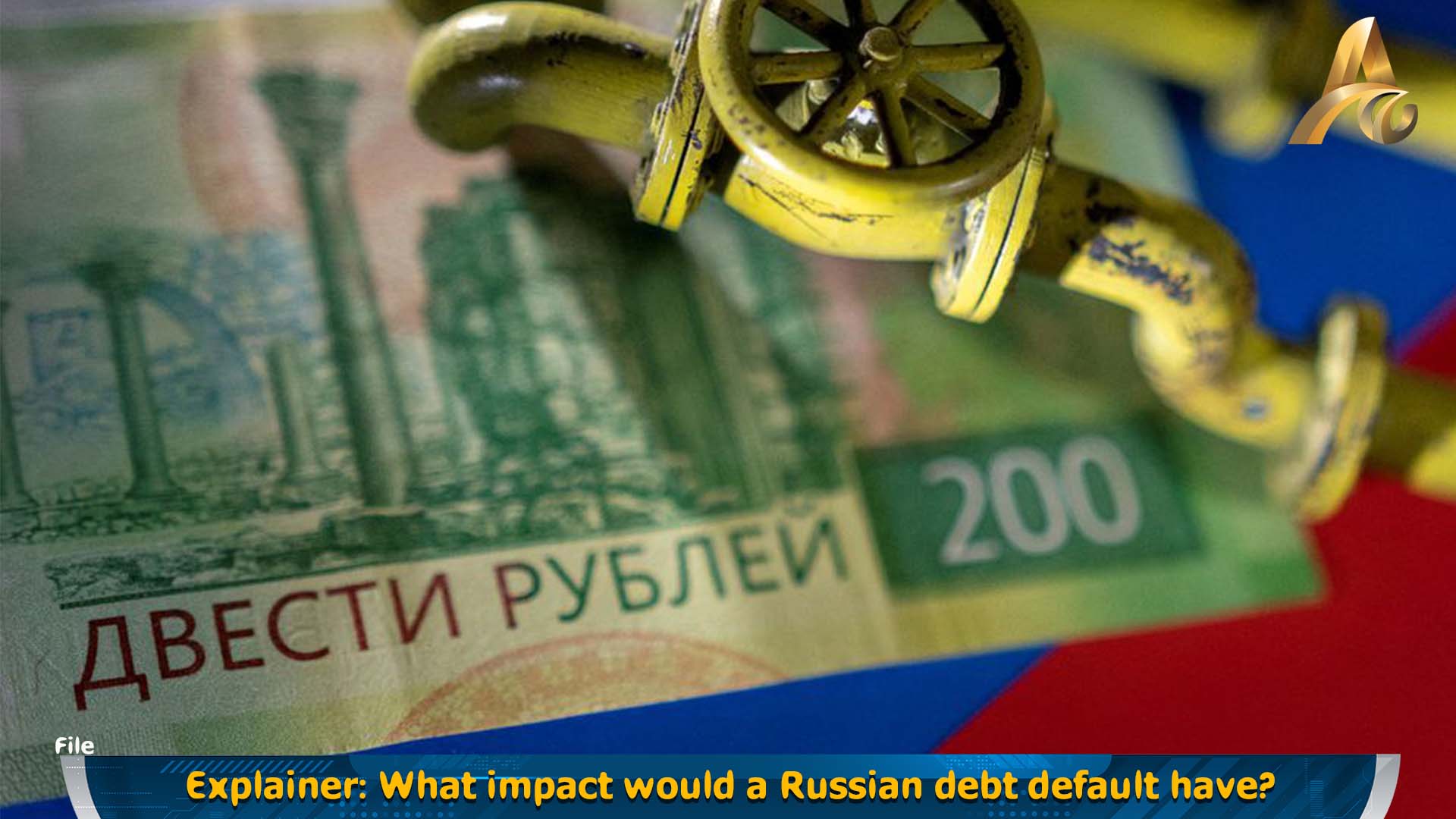INTERNATIONAL: Russia has managed to avoid defaulting on its international debt so far despite unprecedented Western sanctions. But the task is getting harder and Moscow's threats to cut Europe’s gas supply seem to be upping the ante further.
Would a default really make any difference at this stage though, and what would it entail?
WHAT HAPPENS WHEN A COUNTRY DEFAULTS?
If Russia fails to make any of its upcoming bond payments within their pre-defined timeframes, or pays in robles where dollars, euros or another currency is specified, it will constitute a default.
Such an event would have been unthinkable before the Feb. 24 invasion of Ukraine, which Moscow describes as a "special military operation", and subsequent sanctions that have frozen hundreds of billions of dollars’ worth of its reserves.
Russia is already locked out of the international borrowing markets due to the West's sanctions, but a default would mean it couldn't regain access until creditors are fully repaid and any legal cases stemming from the default are settled.
Defaults in other countries such as Argentina have seen aggressive creditors go after physical assets such as a navy vessel and the country's presidential aircraft. Russia's state-owned energy giants own some of Europe's key gas infrastructure so it would raise plenty of questions.
It could also create a host of headaches if countries or companies that would normally trade with Russia have self-imposed rules that prohibit transacting with an entity in default.
If sanctions are removed at some point in the future Russia's reputation in financial markets would still be tarnished. That would depress Russia's credit ratings and push up the borrowing rates paid by the Russian government and companies.
WHAT HAS HAPPENED SO FAR?
By continuing to make its debt payments this month, Russia so far has swerved its first default of any kind since a 1998 financial crisis, and its first on the international market debt since the 1917 Bolshevik revolution when the new government refused to recognize Tsar-era borrowings.
This week Moscow has upped the stakes by offering to make a $2 billion bond payment due next week - it’s biggest of the year - in roubles rather than the intended dollars.
As long as Russia doesn't force anyone who doesn't want roubles to take them, it wouldn't usually count as a default, but it is walking a tightrope. That the main rating agencies have had to withdraw their Russia ratings, and therefore won't call a default whatever happens, complicates things.
THE NEXT TEST
Another $447 million international bond payment is due on Thursday , but even if Russia remains willing to pay complications are about to stack up.
Western sanctions ban transactions with Russia's finance ministry, central bank or national wealth fund, although the temporary general license 9A issued by the U.S. Office of Foreign Assets Control (OFAC) on March 2 makes an exception for the purposes of "the receipt of interest, dividend, or maturity payments in connection with debt or equity."
That license expires on May 25, however, after which Russia will have almost $2 billion worth of external sovereign bond payments to make before the end of the year.
Analysts say after next Monday's $2 billion payment, the next crucial test will come on May 27 - the first payment due after the current OFAC license expires.
Russia could be forced to make the payment in roubles, and into bank accounts in Russia, which the finance ministry has said would be its fallback option.
That would constitute a default, however, as the legal terms of that bond state it must be paid back in dollars.
Russia has a total of 15 international bonds outstanding with a face value of around $40 billion. Prior to the Ukraine crisis roughly $20 billion was held by investment funds and money managers outside Russia.
























